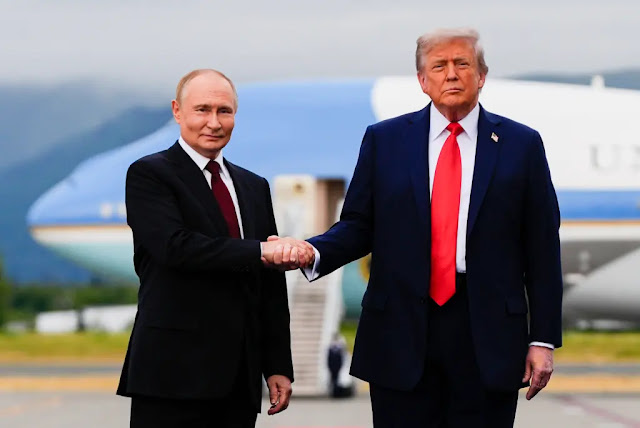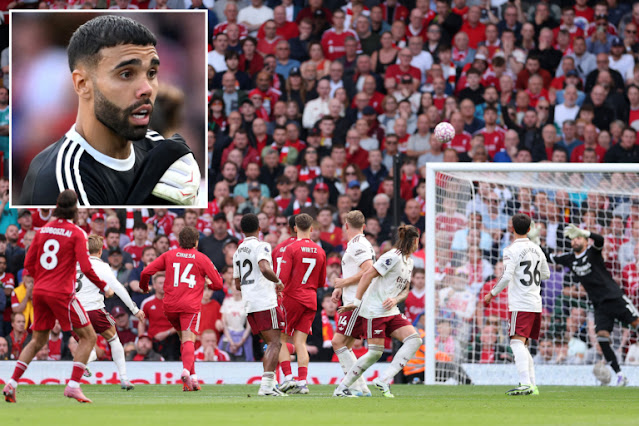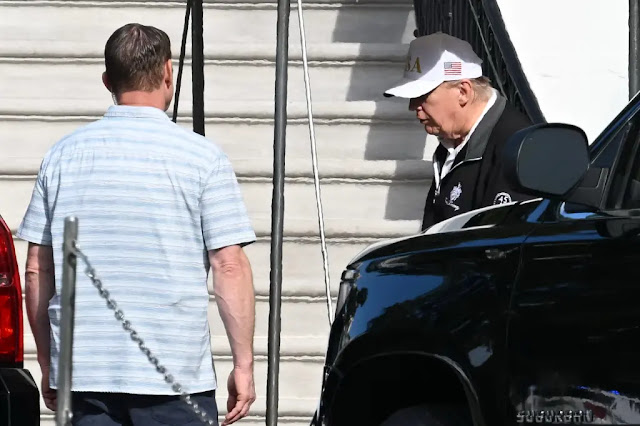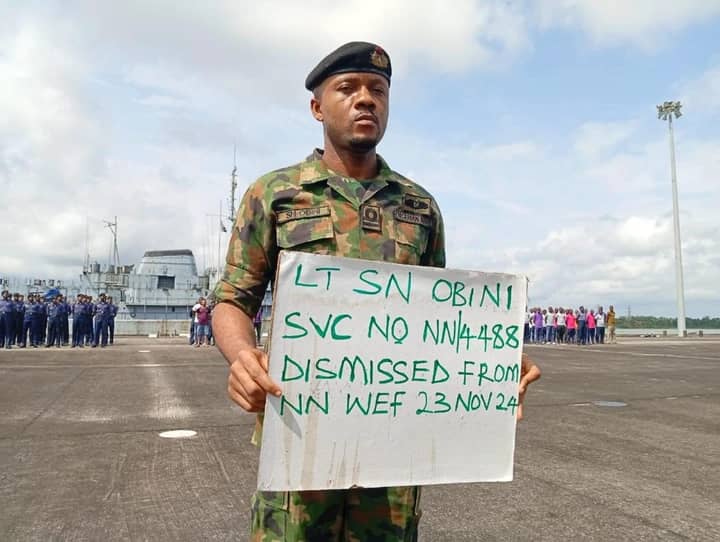In a recent interview with the Daily Caller, U.S. Leader Donald Trump expressed optimism about the prospect of a trilateral meeting involving himself, Russian President Vladimir Putin, and Ukrainian President Volodymyr Zelensky to address the ongoing Russia-Ukraine war. However, he tempered expectations by suggesting that such a summit is unlikely to occur immediately, as the conflict may need to “continue a little longer” before meaningful peace talks can take place. Trump’s remarks, which come amid heightened diplomatic efforts to end the war, reflect a complex interplay of personal diplomacy, geopolitical strategy, and the stark realities of a conflict that has become Europe’s deadliest since World War II. This announcement has sparked widespread discussion about the feasibility of peace negotiations, the role of the United States in mediating the conflict, and the broader implications for global stability.
The Context of Trump’s Trilateral Summit Proposal
The Russia-Ukraine war, now in its third year since Russia’s full-scale invasion in February 2022, has exacted a devastating toll on both nations and the broader European continent. According to estimates from the Center for Strategic and International Studies, the conflict has resulted in approximately 1.4 million casualties, including 250,000 Russian soldiers and 100,000 Ukrainian troops, with thousands more lives lost each week. The war has displaced millions, destroyed infrastructure, and destabilized the region, making it a pressing priority for international leaders seeking to prevent further escalation and loss of life.
Against this backdrop, Trump’s proposal for a trilateral summit represents a bold attempt to leverage his influence and relationships with both Putin and Zelensky to broker a resolution. However, his assertion that a bilateral meeting between Putin and Zelensky is unlikely, while a trilateral meeting involving himself “will happen,” underscores his belief in the centrality of U.S. involvement in any peace process. “A tri would happen. A bi, I don’t know about, but a tri will happen,” Trump told the Daily Caller. “But you know, sometimes people aren’t ready for it.” This statement reflects a pragmatic acknowledgment of the deep-seated mistrust and divergent priorities between Russia and Ukraine, which have so far hindered direct negotiations.
Trump’s approach to the Russia-Ukraine conflict has been characterized by a blend of personal diplomacy and strategic ambiguity. Having previously met with both Putin and Zelensky to discuss their conditions for ending the war, Trump has positioned himself as a potential mediator who can bridge the gap between the two leaders. However, his comparison of the conflict to “children fighting on a playground” before being ready to stop has drawn criticism for oversimplifying a complex and brutal war. The analogy suggests that Trump views the conflict as a matter of timing and readiness, with the implication that both sides may need to exhaust themselves further before meaningful negotiations can take place.
Divergent Positions: Ukraine and Russia’s Stances
The prospects for a trilateral summit are complicated by the sharply contrasting positions of Ukraine and Russia. Ukraine has expressed support for a U.S.-backed cease-fire proposal, signaling a willingness to engage in negotiations that could halt the fighting and pave the way for a broader peace agreement. However, Russia has rejected making concessions and has consistently refused to recognize Zelensky as a legitimate leader, citing the suspension of elections in Kyiv due to the ongoing invasion. This stance reflects Moscow’s broader strategy of undermining Ukraine’s sovereignty and legitimacy on the international stage.
Moscow has instead proposed lower-level talks as a precursor to any potential summit, a suggestion that Zelensky has dismissed as a stalling tactic. Ukraine’s president has pointed to Russia’s ongoing drone and missile attacks across Ukrainian cities as evidence of Moscow’s lack of commitment to genuine negotiations. These attacks, which have targeted civilian infrastructure and caused significant loss of life, underscore the urgency of finding a path to peace while highlighting the challenges of achieving a cease-fire in the face of Russia’s aggressive military campaign.
Trump’s emphasis on his personal relationship with Putin as a potential lever for progress adds another layer of complexity to the situation. “Maybe they have to fight a little longer,” Trump remarked, suggesting that his rapport with the Russian president could eventually facilitate a breakthrough. However, this approach raises questions about the extent to which personal diplomacy can overcome the structural and ideological barriers to peace, particularly given Russia’s intransigence and Ukraine’s insistence on preserving its sovereignty and territorial integrity.
The Human and Strategic Costs of the War
The Russia-Ukraine war has been described as Europe’s bloodiest conflict since World War II, with devastating consequences for both nations and the broader region. The Center for Strategic and International Studies estimates that the war has claimed 1.4 million lives, including military personnel and civilians, with the death toll continuing to rise as the conflict grinds on. The destruction of Ukrainian cities, the displacement of millions of people, and the disruption of global food and energy supplies have amplified the urgency of finding a resolution.
For Ukraine, the war represents an existential struggle to defend its sovereignty and independence against Russian aggression. Zelensky has consistently emphasized that any peace agreement must respect Ukraine’s territorial integrity and include robust security guarantees to prevent future attacks. His rejection of Moscow’s proposal for lower-level talks reflects a broader concern that Russia is seeking to prolong the conflict while consolidating its territorial gains in eastern and southern Ukraine.
Russia, on the other hand, has framed the war as a necessary response to perceived threats from NATO and the West. Putin’s demands, which include Ukraine ceding control of occupied territories and abandoning its aspirations for NATO membership, are seen as non-negotiable by Moscow but wholly unacceptable to Kyiv. This fundamental disconnect has made direct negotiations between the two leaders elusive, further complicating Trump’s vision for a trilateral summit.
Trump’s Role as a Mediator: Opportunities and Challenges
Trump’s insistence on a trilateral format, with himself as a key participant, reflects his belief in the power of leader-to-leader diplomacy to resolve intractable conflicts. His past meetings with Putin and Zelensky, as well as his public statements, suggest that he sees himself as uniquely positioned to facilitate dialogue between the two sides. By leveraging his relationship with Putin and his influence as a global leader, Trump aims to create a framework for negotiations that could lead to a lasting peace.
However, this approach is not without its challenges. Critics argue that Trump’s reliance on personal diplomacy risks oversimplifying the conflict and underestimating the deep-seated grievances that fuel it. The comparison to a playground fight, while perhaps intended to convey optimism about eventual reconciliation, has been criticized as dismissive of the war’s profound human and geopolitical costs. Moreover, Trump’s suggestion that the war may need to “continue a little longer” raises concerns about the potential for further escalation and suffering in the interim.
Another challenge is the question of how to balance U.S. involvement with the interests of European allies, who have been vocal in their support for Ukraine and their insistence on a cease-fire as a prerequisite for negotiations. European leaders, including German Chancellor Friedrich Merz and French President Emmanuel Macron, have emphasized the need for robust security guarantees for Ukraine and have expressed skepticism about Russia’s willingness to negotiate in good faith. Trump’s proposal for post-war air support, while ruling out the deployment of U.S. ground troops, signals a willingness to contribute to Ukraine’s defense but falls short of the comprehensive commitments sought by Kyiv and its allies.
The Path Forward: Prospects for Peace
The idea of a trilateral summit represents a potential turning point in the Russia-Ukraine war, but its success hinges on several critical factors. First, both Putin and Zelensky must be willing to come to the table and engage in good-faith negotiations. Russia’s refusal to recognize Zelensky’s legitimacy and its insistence on lower-level talks suggest that Moscow may be more interested in prolonging the conflict than in pursuing a genuine resolution. Zelensky, for his part, has made clear that any agreement must prioritize Ukraine’s sovereignty and security, a position that is unlikely to align with Russia’s demands.
Second, the role of the United States as a mediator will be crucial. Trump’s ability to leverage his relationship with Putin while maintaining credibility with Zelensky and European allies will determine the viability of a trilateral summit. His decision to rule out U.S. ground troops while leaving open the possibility of air support reflects a cautious approach to military involvement, but it remains unclear how this will translate into concrete security guarantees for Ukraine.
Finally, the broader international community, including NATO and European leaders, will play a significant role in shaping the outcome of any peace process. The involvement of European allies in recent diplomatic efforts, including their presence at White House meetings with Trump and Zelensky, underscores the importance of a coordinated approach. A trilateral summit, if it occurs, will need to address not only the immediate cessation of hostilities but also the long-term challenges of reconstruction, compensation, and the establishment of new boundaries.
Implications for Global Stability
The Russia-Ukraine war has far-reaching implications for global stability, affecting everything from energy markets to food security and international alliances. A successful trilateral summit could pave the way for a de-escalation of tensions and a reduction in the human and economic costs of the conflict. However, the failure to achieve a breakthrough could lead to further prolongation of the war, with devastating consequences for Ukraine and ripple effects across the globe.
Trump’s vision for a trilateral summit also raises questions about the future of U.S. foreign policy and its role in resolving international conflicts. His emphasis on personal diplomacy and his reluctance to commit U.S. troops reflect a broader strategy of prioritizing American interests while seeking to project strength on the global stage. Whether this approach can succeed in the context of the Russia-Ukraine war remains an open question, but it underscores the challenges of navigating a complex and volatile geopolitical landscape.
Conclusion
Donald Trump’s announcement of a potential trilateral summit with Vladimir Putin and Volodymyr Zelensky represents a bold but uncertain step toward resolving the Russia-Ukraine war. While the proposal signals a commitment to diplomacy and a desire to end one of Europe’s deadliest conflicts, it is tempered by the reality of entrenched positions, ongoing violence, and the need for a delicate balance of power and influence. Trump’s insistence that the war may need to “continue a little longer” before peace talks can progress reflects a pragmatic, if controversial, view of the conflict’s trajectory.
As the world watches, the success of a trilateral summit will depend on the willingness of all parties to engage in good-faith negotiations, the ability of the United States to mediate effectively, and the support of the international community in addressing the war’s long-term consequences. For now, the prospect of peace remains elusive, but Trump’s initiative offers a glimmer of hope in a conflict that has already claimed too many lives and reshaped the geopolitical landscape of Europe.








